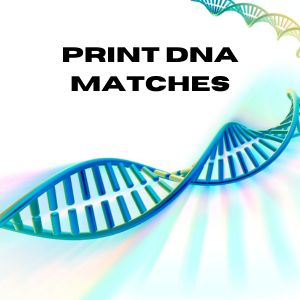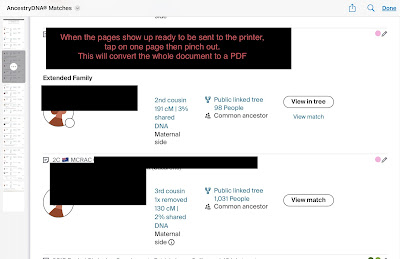
Manuals for tablets and phones
User Guides or Manuals have vital information about the operation of your phone or tablet. Unlike the quick guide that was in the box with your phone or tablet, these user guides provide in depth information. They can usually be found on the manufacturer's site under
Support. There are interactive guides, PDF manuals, static web pages and in some cases ebooks.
It is a good idea to download a user guide to your device to have quick access to the information while you learn to use your device to its full potential. Bookmark the page in your web browser where the interactive guides are located for future reference.
Many guides/manuals on manufacturers' websites are often PDFs, so make sure you have a PDF reader on your device. On some tablets and phones, the manual will download to My Files or Downloads, on others you will be asked which app you want to use to read the manual.
Telstra mobile support provides interactive guides for a wide range of phones and tablets.
Optus also provide specific
device help with screenshots showing exactly where to find a range of functions. You
do not need to be a Telstra or Optus customer to view these support pages.
Android phones and tablets
To identify your device, go to Settings and scroll right to the bottom where you will find About Phone/Tablet. In some brands you will be able to locate this information under Settings, Device.
The
Android Quick Start Guide is free on Google Books.
ACER
ACER has a mix of Android and Windows tablets and phones. Guides are found under
Drivers and Manuals Search by product name or scroll through list. Select product then click on the Documents tab to locate the User Manual
Alcatel
The
Alcatel Support site offers a wide range of answers to questions but no User Guides or manuals are apparent.
HTC
For HTC phones select
Support then type in the name of your phone and press enter. Scroll down below Accessories to find the User Manual.
Huawei
Huawei manuals for both phone and tablets are available from the
Support site. Be sure to choose the
User Guide rather than the Quick Start guide which was packaged with your product.
LG (LGE) phones
LG Manuals are all together and easy to locate by following the on screen prompts.
Choose Category Group >Mobile > Mobile phones.
A long series of model numbers is then revealed and the User Manual for each model is listed immediately below it under the heading Manuals and Documents.
*****************************
Motorola
Motorola certainly wins the prize here for making it easy to locate your product. They have excellent
support pages with manuals for all their phones. If you do not know the name or model of your phone there is a guide to help you get to the right phone or tablet and its manual. here are some quick link to well known products.
Moto X
Moto G
Moto E
Motorola Xoom tablet
Samsung

Samsung guides can be confusing to locate as there are such a wide range of models available. .
On the
Samsung support (Australia) site:
Choose Help > How to Guides > Mobile phone (even if you have a tablet)
Next choose Smart Phone or Tablet.
Now you will be directed to make a model choice.
The screen that delivers your model has a wide range of help topics but
scroll down to the bottom of the screen to find the correct User Manual.
*****************************
Sony
The
Sony support site has excellent interactive guides and PDF manuals for both phones and tablets.
iPhones and iPads
The best method to obtain the Apple user guide for your device is through the free
iBooks app. If you do not have iBooks on your device, visit the App store and download it.
- Open iBooks
- Search Store
- Search iPad or (iPhone) User Guide
- Tap Free then Get Book
There are also plenty of other free tips and tricks guides in the iBooks store.
Windows phones
Nokia
Nokia phones are now using the Windows interface. The
Nokia Support page lists the phone models. choose your model and most User Guides will be listed immediately underneath the picture of the phone. The
Windows Phone support site is available where no manual is provided.
This post first appeared on
http://librarycurrants.blogspot.com/2014/10/find-your-guide.html





















